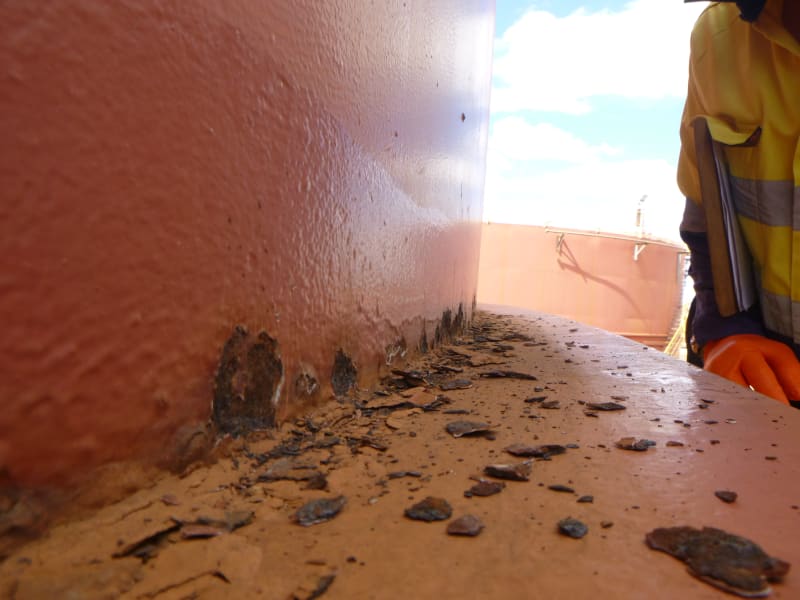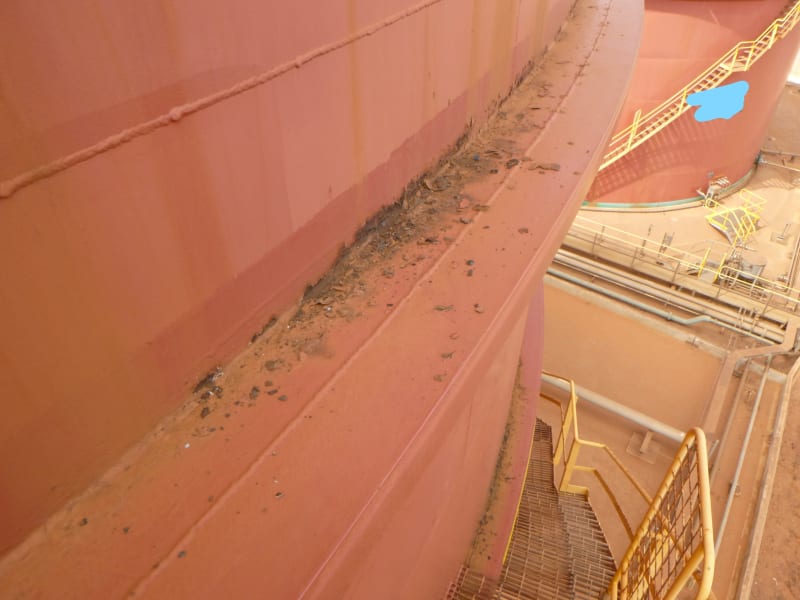Hi All
I need a bit of pointers on the best repair option with the tank (fuel) remaining online. Therefore no hot work
There is corrosion on the wind girder of a tank. Look for ways to repair and arrest the oorrosion.
See photos.
Any feedback would be appreciated.


I need a bit of pointers on the best repair option with the tank (fuel) remaining online. Therefore no hot work
There is corrosion on the wind girder of a tank. Look for ways to repair and arrest the oorrosion.
See photos.
Any feedback would be appreciated.


